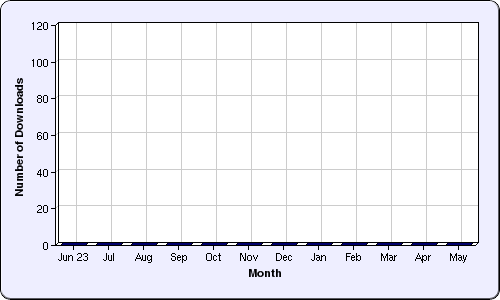Whang, Steven Euijong and Garcia-Molina, Hector Entity Resolution with Evolving Rules. Technical Report. Stanford InfoLab.
![[img]](/style/images/fileicons/application_pdf.png)  Preview |
| PDF - Draft Version
419Kb |
Abstract
Entity resolution (ER) identifies database records that refer to the
same real world entity. In practice, ER is not a one-time process, but
is constantly improved as the data, schema and application are better
understood. We address the problem of keeping the ER result
up-to-date when the ER logic "evolves" frequently. A naive approach
that re-runs ER from scratch may not be tolerable for resolving large
datasets. This paper investigates when and how we can instead exploit
previous "materialized" ER results to save redundant work with
evolved logic. We introduce algorithm properties that facilitate
evolution, and we propose efficient rule evolution techniques for three
ER models: join, match-based clustering, and distance-based
clustering. Using real data sets, we illustrate the cost of
materializations and the potential gains over the naive approach.
| Item Type: | Techreport (Technical Report) |
|---|
| Projects: | SERF |
|---|
| ID Code: | 961 |
|---|
| Deposited By: | Steven Whang |
|---|
| Deposited On: | 08 Mar 2010 08:24 |
|---|
| Last Modified: | 02 Jul 2010 10:43 |
|---|
Available Versions of this Item
- Entity Resolution with Evolving Rules. (deposited 08 Mar 2010 08:24) [Currently Displayed]
Download statistics


Repository Staff Only: item control page



